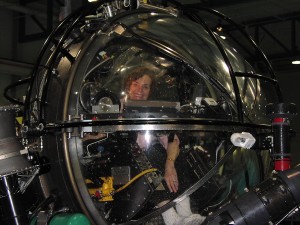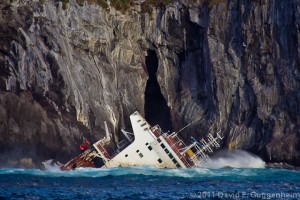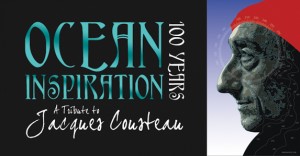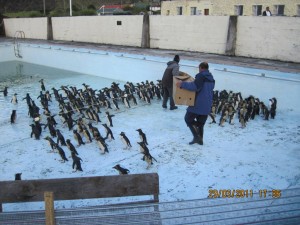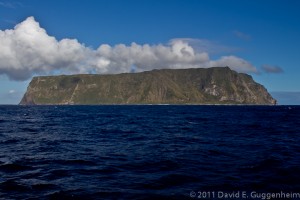Ecology Radio Debuts! The Ocean Doctor Interviews Dr. Sylvia A. Earle
 It’s new and it’s now LIVE! Ecology Radio is a new, hour-long Internet radio magazine featuring the latest, cutting-edge environmental topics. Each month, Dr. David E. Guggenheim, host of The Ocean Doctor Radio Show show, brings an ocean-related segment to Ecology Radio, debuting with a very special guest: “Her Deepness,” Dr. Sylvia A. Earle.
It’s new and it’s now LIVE! Ecology Radio is a new, hour-long Internet radio magazine featuring the latest, cutting-edge environmental topics. Each month, Dr. David E. Guggenheim, host of The Ocean Doctor Radio Show show, brings an ocean-related segment to Ecology Radio, debuting with a very special guest: “Her Deepness,” Dr. Sylvia A. Earle.
Ecology Radio is a service of the ECOLOGY Global Network, a service of ecology.com, the nexus of the Worldwide Web, international television, international radio and personal data delivery systems regarding all facets of ecology and the environment, all delivered on ecology.com with plans to expand to other media delivery platforms.
The ECOLOGY Global Network’s mission is to use the modern tools of information and communication to inform, educate and inspire the global community to respect, restore and protect our natural and human world, and to encourage all people to become stewards of the environment in which we live.

